 Nigerians have faced a growing crisis in health care access in recent years. Nigeria has a population of more than 200 million people, marking it as one of the most populated countries in 2024. The country has a diverse group of people, cultures and languages. Although the country has a huge potential for widespread affluence due to its oil and natural resources, its systems are lacking in meeting the needs of all its citizens. For its health care system, as of 2023, Nigeria was ranked 157th out of 167 countries. Improvement within the system is essential for the well-being of the Nigerian people to be guaranteed.
Nigerians have faced a growing crisis in health care access in recent years. Nigeria has a population of more than 200 million people, marking it as one of the most populated countries in 2024. The country has a diverse group of people, cultures and languages. Although the country has a huge potential for widespread affluence due to its oil and natural resources, its systems are lacking in meeting the needs of all its citizens. For its health care system, as of 2023, Nigeria was ranked 157th out of 167 countries. Improvement within the system is essential for the well-being of the Nigerian people to be guaranteed.
Malaria
Malaria is a life-threatening disease found in primarily tropical countries and is transmitted to humans by mosquitoes. In 2021, approximately 619,000 people died from malaria, with more than half of all malaria deaths worldwide occurring in four African countries. Nigeria’s health indicators are some of the worst in Africa. Nigeria continues to undertake the highest level of malaria cases globally, which is the leading cause of child illness and death. Professor Olubenga A. Mokuolu oversees all malaria work in the country.
In an interview, he gave one reason for Nigeria’s high malaria burden: the country’s environmental management. “In terms of environmental management, Nigeria leaves a lot to be desired. The country has open refuse sites and blocked drainage systems and because people lack piped water, they store water at home in containers. These all provide ideal sites for mosquitoes to breed.” While the number of malaria cases has gone down in recent years, they are not at a level where people can fully be at ease.
Lack of Access
Health care access in Nigeria is very limited due to factors within the health system. The Nigerian primary health care (PHC) system is the lowest level and entry point for Nigerians to receive health care services such as visitations, preventative, curative and rehabilitative services. Although initially, the PHC system was seen as a guiding policy for further health improvements, there were many flaws with its enactment.
Vivien O. Abah, a Nigerian health care researcher, stated that “The PHC system was deployed to the grassroots, but geographical access did not translate to access to health care as the populations did not utilize the majority (80%) of these facilities.” Not only was the lack of geographical access difficult but the quality of care in these primary health facilities was proven difficult for some as well.
What Is Being Done
The Nigerian health care industry has faced serious setbacks in recent years due to a lack of funding, as well as the mismanagement of creating accessible quality care for the population. This does not mean that the country has given up, as there have been various measures taken into consideration to improve the system.
In 2018, the government approved the second National Strategic Health Development Plan (SHDP), which sought to ensure all Nigerians have access to health care in the country, with a focus on preventing the trend of citizens traveling abroad for medical care. The Former President of Nigeria, Muhammadu Buhari, said that the SHDP will be a transparent and accountable mechanism implemented to ensure the health of all citizens and to forbid corruption from affecting funding.
The government has also focused on individual epidemics and issues that have affected Nigerians, as its preventative measures for malaria have saved tens of thousands of lives, most of them children. The country’s health care system provides more than 25 million children aged less than 5 with preventive chemotherapy for malaria, which has considerably reduced the children’s mortality rates.
Improving Health
Improvement of the Nigerian health care system will be a long and arduous process. and its efficiency highly depends on whether or not the government prioritizes high-quality care and population outcomes. In the past, people have had tremendous trouble seeking high-quality care, with some having to leave the country to receive treatment.
Health care in Nigeria has undergone significant changes and is moving in the right direction, but there is still progress to be made. With a growing population in a country known for diseases and limited medical access, the health care system cannot currently guarantee treatment for all its citizens.
– Oliver Martin
Oliver is based in Honolulu, HI, USA and focuses on Global Health for The Borgen Project.
Photo: Pixabay
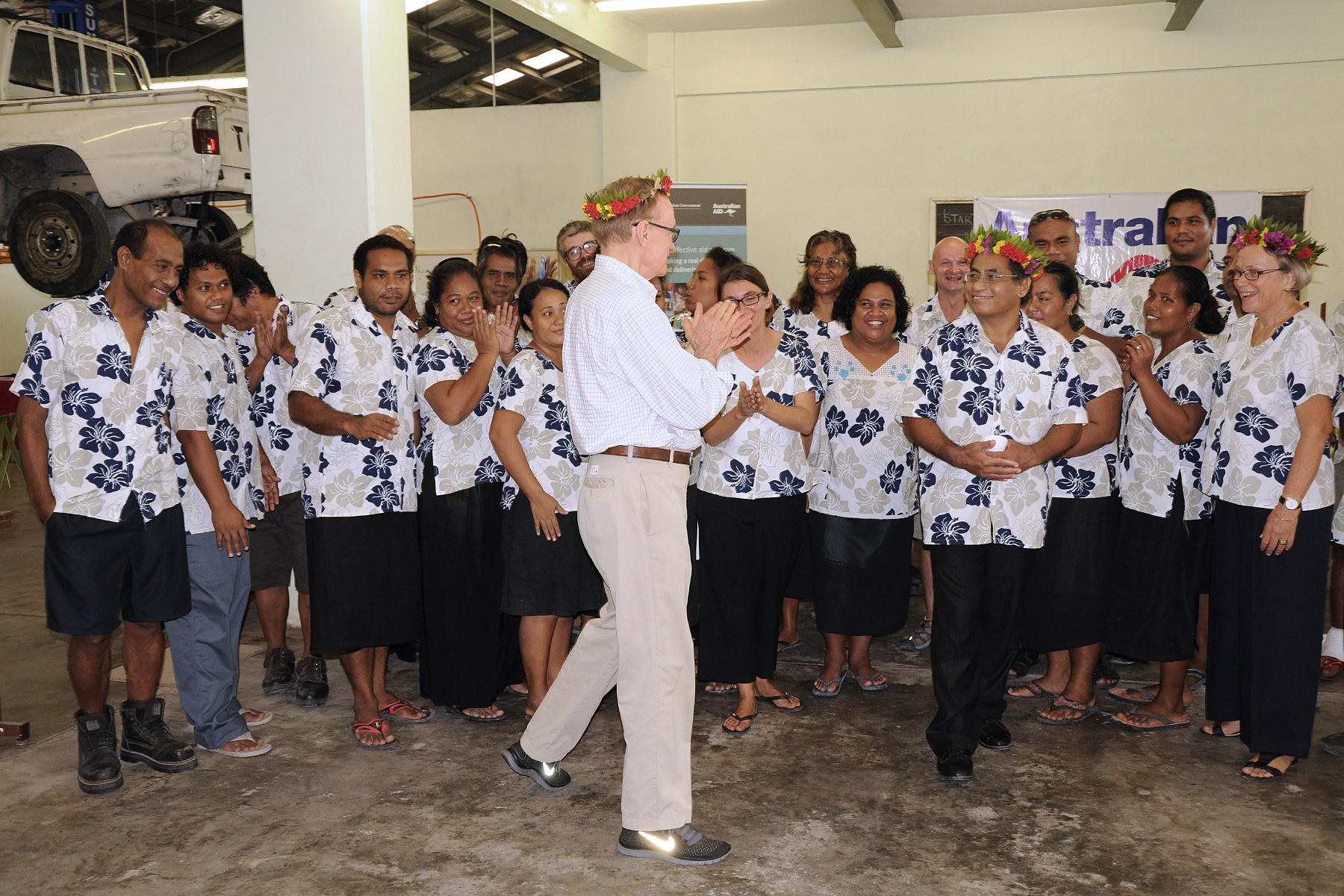
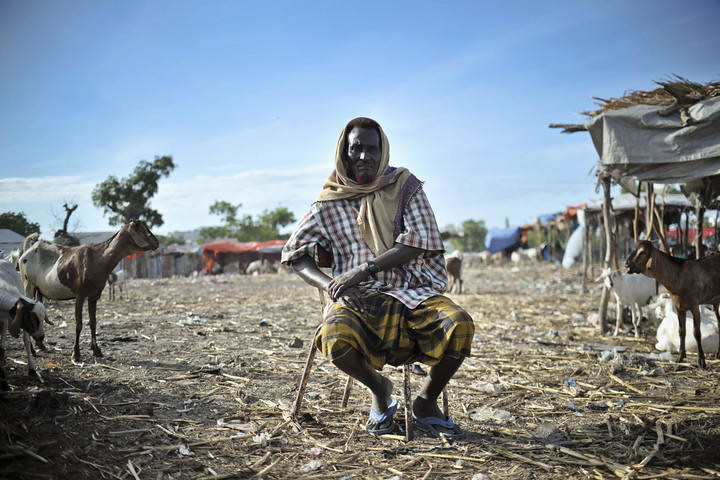
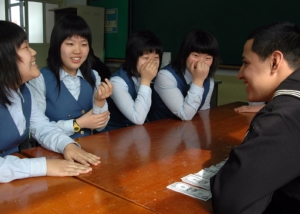 Due to its rigorous entrance processes and societal emphasis on university prestige, South Korea spends a large portion of its annual GDP on higher education and the costs associated with college admissions preparation. Acceptance into one of the nation’s high-ranking “SKY” institutions can help differentiate applicants in an already competitive job market, as 70% of South Koreans have a college education. Here are five facts about the higher education system in South Korea:
Due to its rigorous entrance processes and societal emphasis on university prestige, South Korea spends a large portion of its annual GDP on higher education and the costs associated with college admissions preparation. Acceptance into one of the nation’s high-ranking “SKY” institutions can help differentiate applicants in an already competitive job market, as 70% of South Koreans have a college education. Here are five facts about the higher education system in South Korea: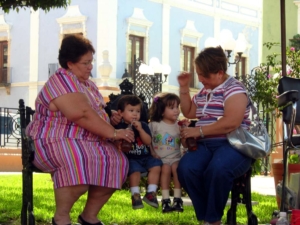 Toward the end of 2021,
Toward the end of 2021, 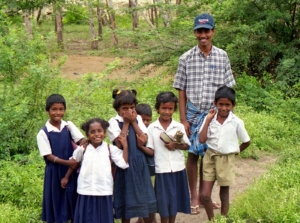 Celebrating India’s
Celebrating India’s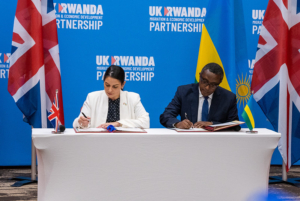 On April 14, 2022, the U.K. government and Rwanda entered into
On April 14, 2022, the U.K. government and Rwanda entered into  Indigenous people have endured an undeniably long and dark history of displacement, oppression and discrimination; and now subsequently constitute
Indigenous people have endured an undeniably long and dark history of displacement, oppression and discrimination; and now subsequently constitute 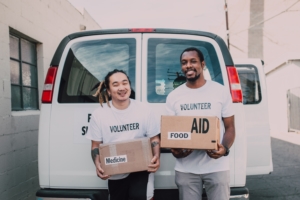 Many positive outcomes occur when international aid strengthens. Throughout history, there have been substantial global benefits when the U.S. focused on international support. In the past and present, U.S. foreign aid has brought positive effects.
Many positive outcomes occur when international aid strengthens. Throughout history, there have been substantial global benefits when the U.S. focused on international support. In the past and present, U.S. foreign aid has brought positive effects.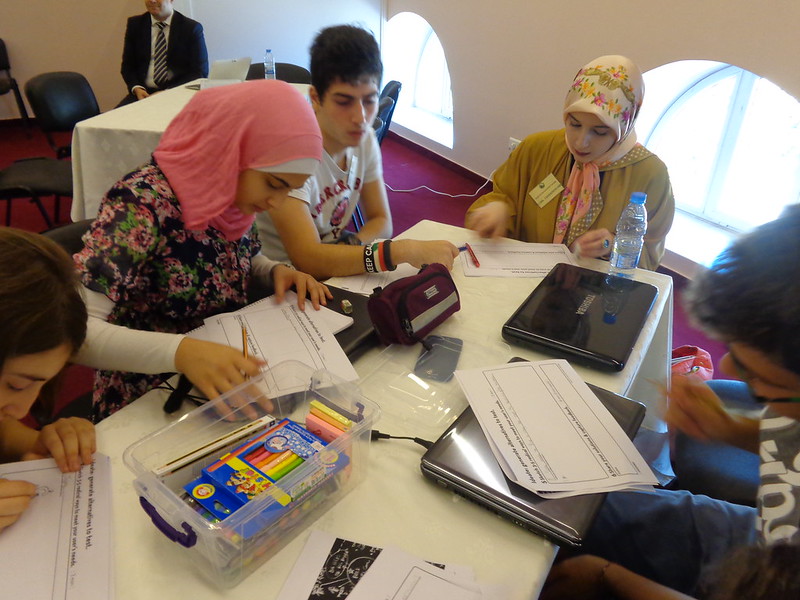 The MIT Enterprise Forum (MITEF) is carrying out its
The MIT Enterprise Forum (MITEF) is carrying out its 